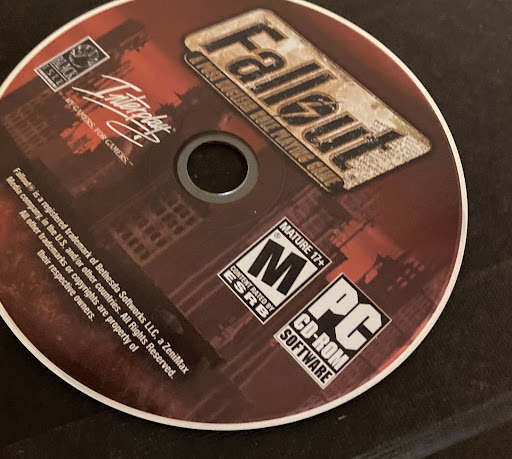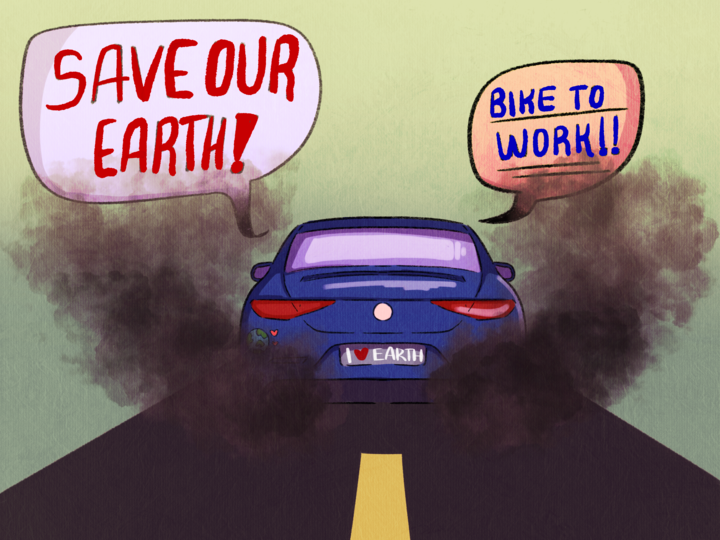A few weeks ago the Tucson City Council approved preliminary measures to limit the building of so-called “”mini-dorms”” in the historic Jefferson Park neighborhood. For the past decade, homeowners in the neighborhood (which is located about a mile north of campus) have complained about the construction of mini-dorms, stating that they violate zoning laws and don’t match the rest of the neighborhood. This has led to a huge debate between residents and developers, as well as students who call these mini-dorms home. Frankly, the Tucson City Council and Mayor Bob Walkup should side with the residents of Jefferson Park.
Mini-dorms take away from the neighborhood and infringe upon the privacy of the homeowners. In all honesty, mini-dorms are extremely nice, and it’s easy to understand why students would want to live in them. They are ultramodern, beautiful on the inside and allow a student to live with four to six of their friends. They are truly the perfect place for a student to live. However, Jefferson Park is a neighborhood full of historic, single-family homes, and these huge two-story, 5-7 bedroom homes are an eyesore. In addition, a home with a large second story in a sea of single-story homes allows for students to easily look into the backyards of other residents, compromising their privacy.
Some argue that the homeowners in Jefferson Park knew they were close to a university when they bought their homes, and shouldn’t be complaining. This would make sense if describing student behavior. After all, college students will be college students, but the residents had no idea that portions of their historic neighborhood were going to be bought up by developers and turned into mini-dorms. Something could be said about the constant demand for more student housing, but dotting historic neighborhoods with mini-dorms is not the correct way to go about it.
Tucson is a city that prides itself on its historic buildings. Tucson isn’t called the “”Old Pueblo”” simply because it was founded in 1775. Demolishing parts of neighborhoods that have been around since the early 20th century takes away from this historic feel. Perhaps future development should focus on downtown (in a few years, downtown and campus are to be connected by light rail) or the west side of town. A developer who focuses on mini-dorms, Michael Goodman, has been very critical of the neighborhood’s push for new building guidelines. In an article in the Feb. 16 Arizona Daily Wildcat, he stated that he’s “”building projects that are nicer than anything in that neighborhood.”” This, of course, is a matter of interpretation.
What Goodman finds to be ugly happens to be other people’s homes. I doubt that they agree with his sentiments and probably find his condescending remarks quite offensive. This isn’t about “”nicer”” homes being built in a run-down neighborhood. Jefferson Park may be old, but it’s far from run-down. This issue is about neighborhood residents being able to live in the neighborhood they thought they were buying into, and not having to deal with eyesores like mini-dorms, which take away from the neighborhood’s history.
The Tucson City Council would be wise to side with the residents of Jefferson Park and ignore the loud cries from developers like Goodman, who couldn’t care less about the city’s history and are solely looking to profit from student’s desires. The homeowners in Jefferson Park will presumably be here much longer than mini-dorm residents, and, therefore, should have their concerns taken more seriously.
— Andrew Shepherd is a political science senior. He can be reached at letters@wildcat.arizona.edu.








